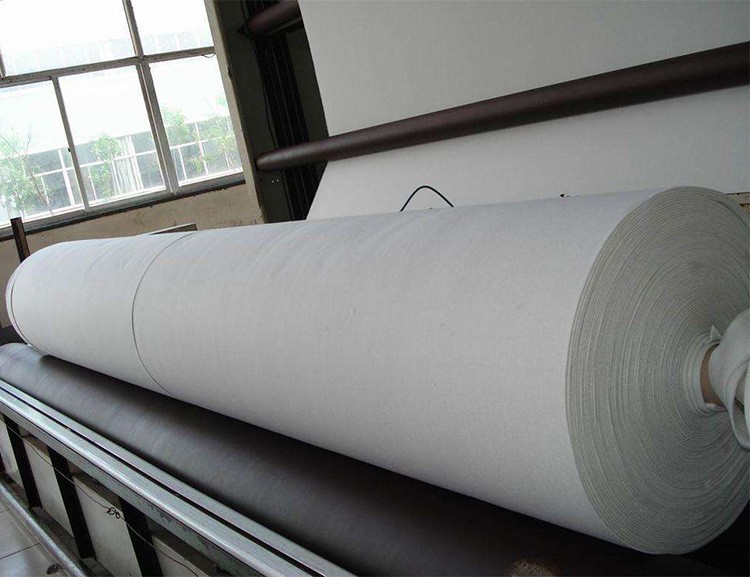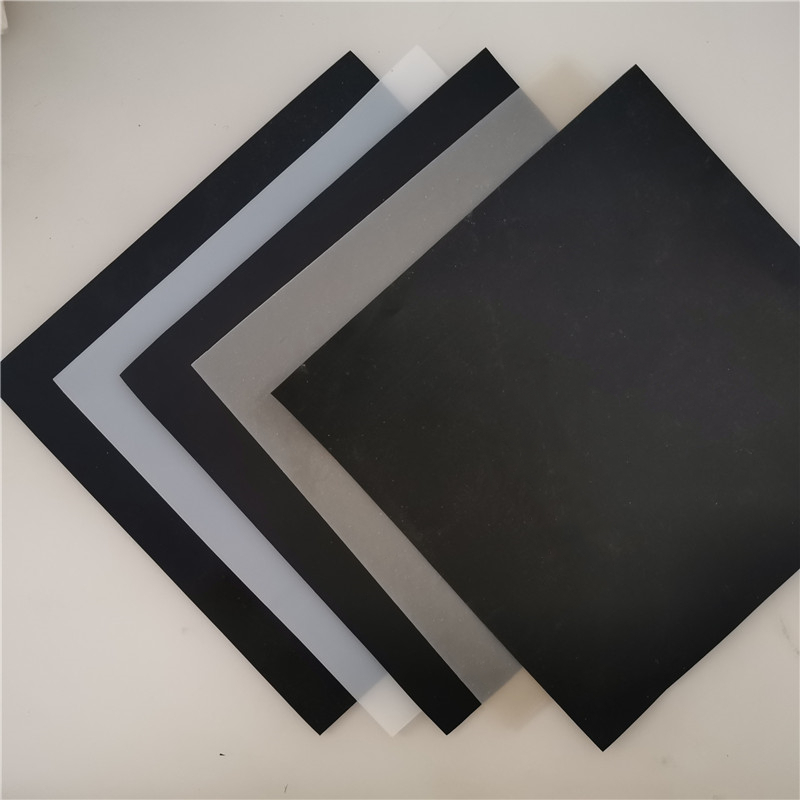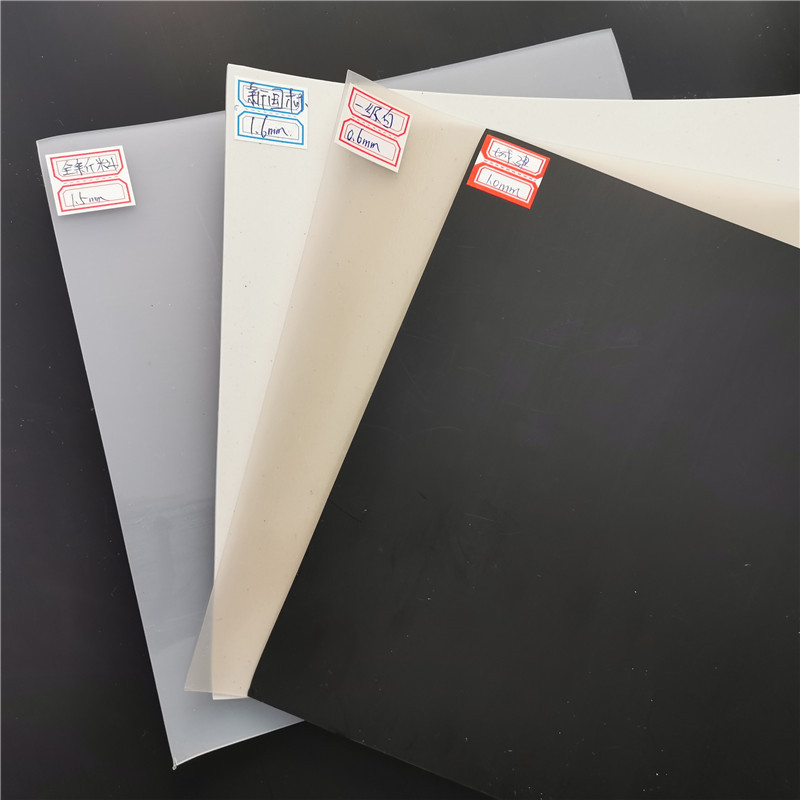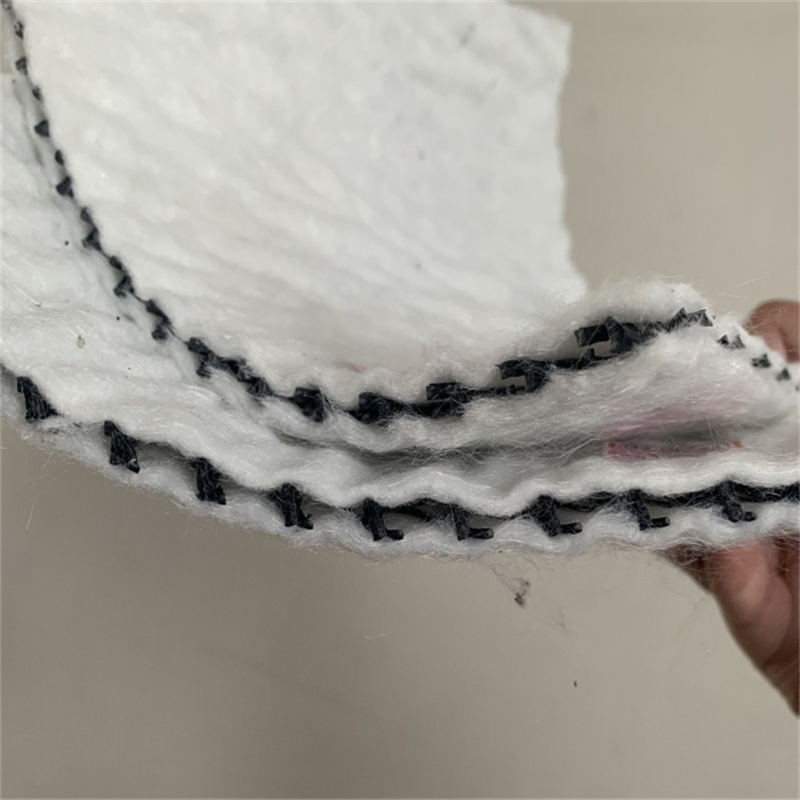
产品介绍:
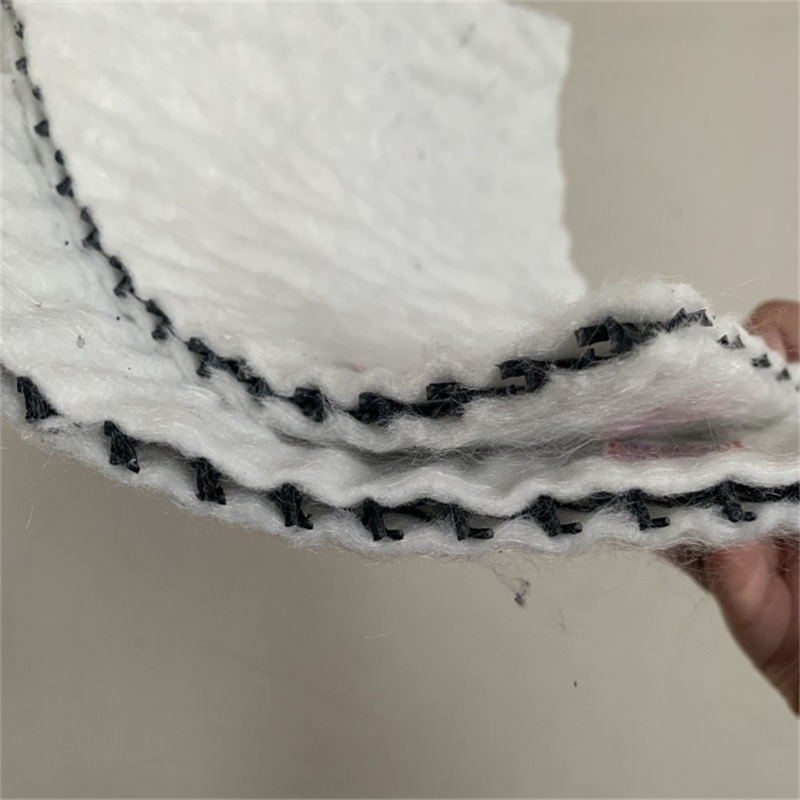
Product Introduction
The composite drainage net is made of three-dimensional geotextile net bonded with geotextile on both sides, combining geotextile (for reverse filtration) and geotextile net (for drainage and protection), providing the functions of "reverse filtration - drainage - protection". The three-dimensional structure of the core of the composite drainage net can withstand high compressive loads throughout the entire usage process, maintain a considerable thickness, and provide excellent water conductivity.
Functional characteristics
It is laid between the foundation and the base, used to drain the accumulated water between the foundation and the base, block capillary water and effectively integrate into the edge drainage system. This structure automatically shortens the drainage path of the foundation, significantly reducing the drainage time, and can also decrease the amount of foundation materials used (that is, materials with more fine materials and lower permeability can be used). It can extend the service life of roads.
2. Laying drainage nets on the base layer can prevent fine materials from the base layer from entering the ground layer (that is, it serves an isolation function). The aggregate base layer will enter the upper part of the geonet to a limited extent. In this way, the composite geotextile drainage net also has a potential function of restricting the lateral movement of the aggregate base layer. In this way, its function is similar to the reinforcement function of geogrids. Generally speaking, the tensile strength and rigidity of composite geotextile drainage nets are superior to many geogrids used for foundation reinforcement. This limiting effect will enhance the supporting capacity of the foundation.
3. Once the road ages and cracks form, most of the rainwater will enter the cross-section. In this case, the drainage net is directly laid under the road surface instead of a drainage foundation. Drainage nets can collect water before it enters the foundation/subbase. Moreover, a layer of film can be wrapped around the bottom of the drainage net to further prevent water from entering the foundation. For rigid road systems, this structure allows for the design of roads with a higher drainage coefficient Cd. Another advantage of this structure is that it may enable the concrete to hydrate more evenly (research on the extent of this advantage is ongoing). Whether for rigid roads or flexible road systems, this structure can extend the service life of the roads.
4. Under the climatic conditions in the north, laying drainage nets can help alleviate the impact of frost heaving. If the freezing depth is very deep, the geonet can be laid at a shallower position in the base to act as a capillary blockage. In addition, it is often necessary to replace it with a granular base layer that is not prone to frost heaving and extends downward to the freezing depth. Backfill soil that is prone to frost heaving can be directly filled on the surface of the drainage network until it reaches the ground line of the foundation. In this case, the system can be connected to the drainage outlet to keep the groundwater level at a depth equivalent to or lower than this. This way, the development of ice crystals can be potentially restricted. In cold regions, when ice melts in spring, there is no need to impose restrictions on traffic loads.



